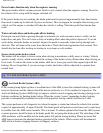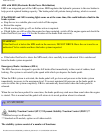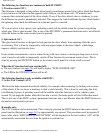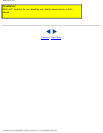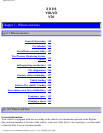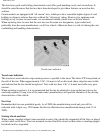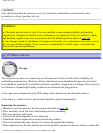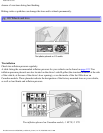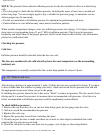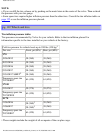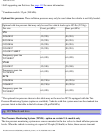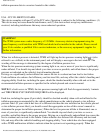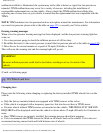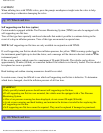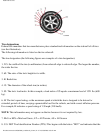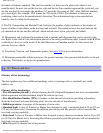
2006 VOLVO V70
NOTE: The placards shown indicate inflation pressure for the tires installed on the car at the factory
only.
• Use a tire gauge to check the tire inflation pressure, including the spare, at least once a month and
before long trips. You are strongly urged to buy a reliable tire pressure gauge, as automatic service
station gauges may be inaccurate.
• Use the recommended cold inflation pressure for optimum tire performance and wear.
• Under-inflation or over-inflation may cause uneven treadwear patterns.
When weather temperature changes occur, tire inflation pressures also change. A 10-degree temperature
drop causes a corresponding drop of 1 psi (7 kPa) in inflation pressure. Check your tire pressures
frequently and adjust them to the proper pressure, which can be found on the vehicle's tire information
placard or certification label.
Checking tire pressure
Cold tires
Inflation pressure should be checked when the tires are cold.
The tires are considered to be cold when they have the same temperature as the surrounding
(ambient) air.
This temperature is normally reached after the car has been parked for at least 3 hours.
pg. 121 Wheels and tires
After driving a distance of approximately 1 mile (1.6 km), the tires are considered to be hot. If you have
to drive farther than this distance to pump your tire(s), check and record the tire pressure first and add
the appropriate air pressure when you get to the pump.
If checking tire pressure when the tire is hot, never "bleed" or reduce air pressure. The tires are hot from
driving and it is normal for pressures to increase above recommended cold pressures. A hot tire at or
below recommended cold inflation pressure could be significantly under-inflated.
To check inflation pressure:
1. Remove the cap from the valve on one tire, then firmly press the tire gauge onto the valve.
2. Add air to reach the recommended air pressure
3. Replace the valve cap.
4. Repeat this procedure for each tire, including the spare.
5. Visually inspect the tires to make sure there are no nails or other objects embedded that could
puncture the tire and cause an air leak.
6. Check the sidewalls to make sure there are no gouges, cuts, bulges or other irregularities.
file:///K|/ownersdocs/2006/2006_V70/06v70_07.htm (5 of 21)12/30/2006 4:50:31 PM



